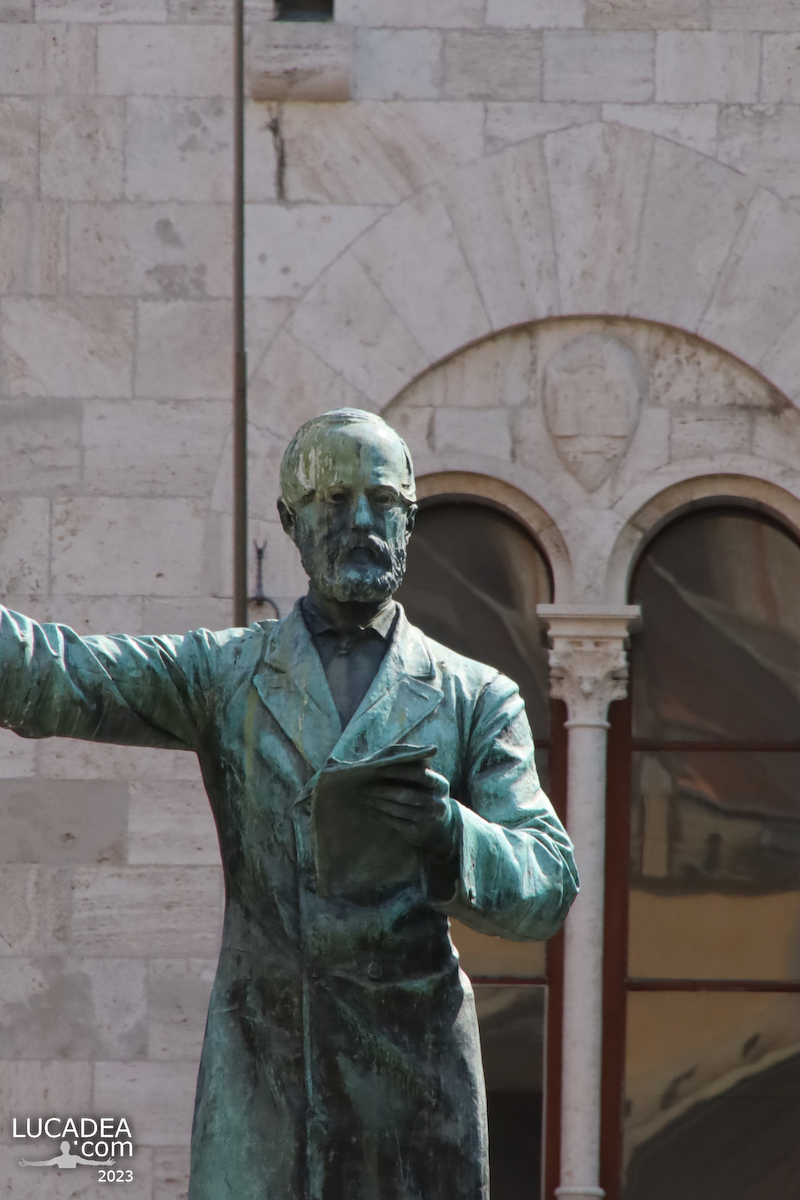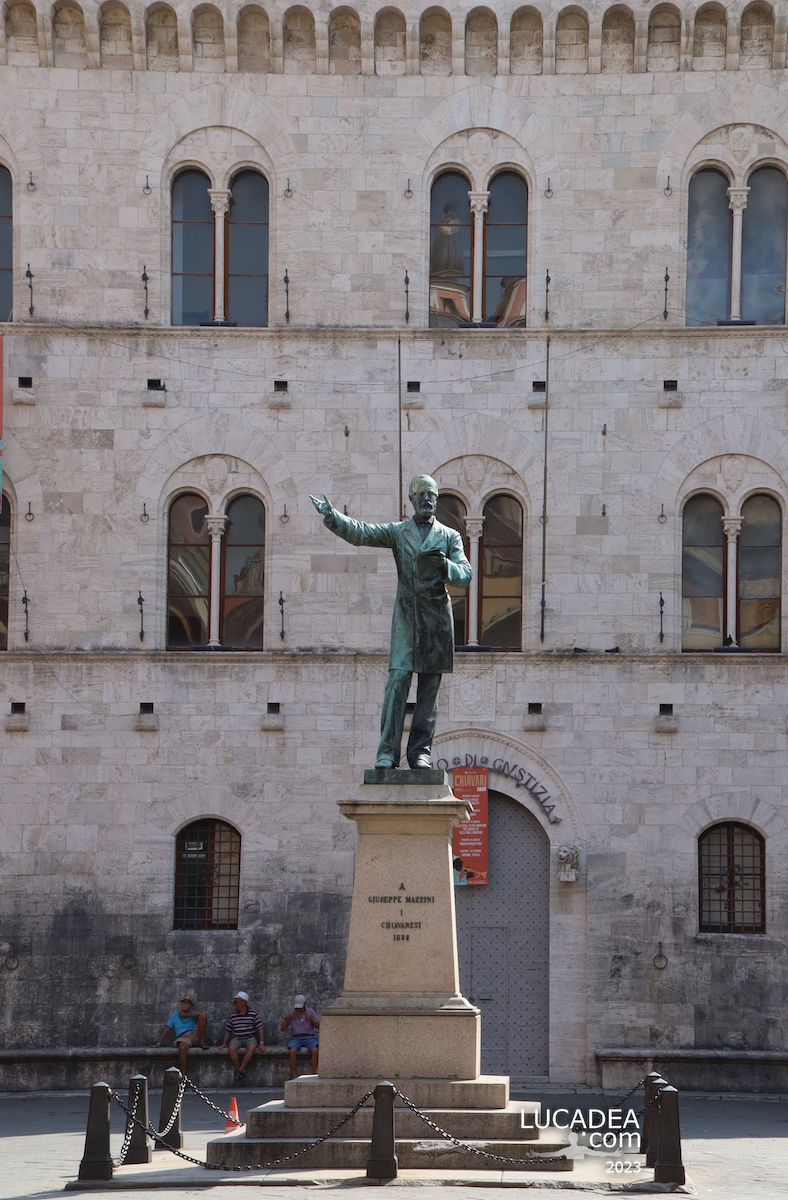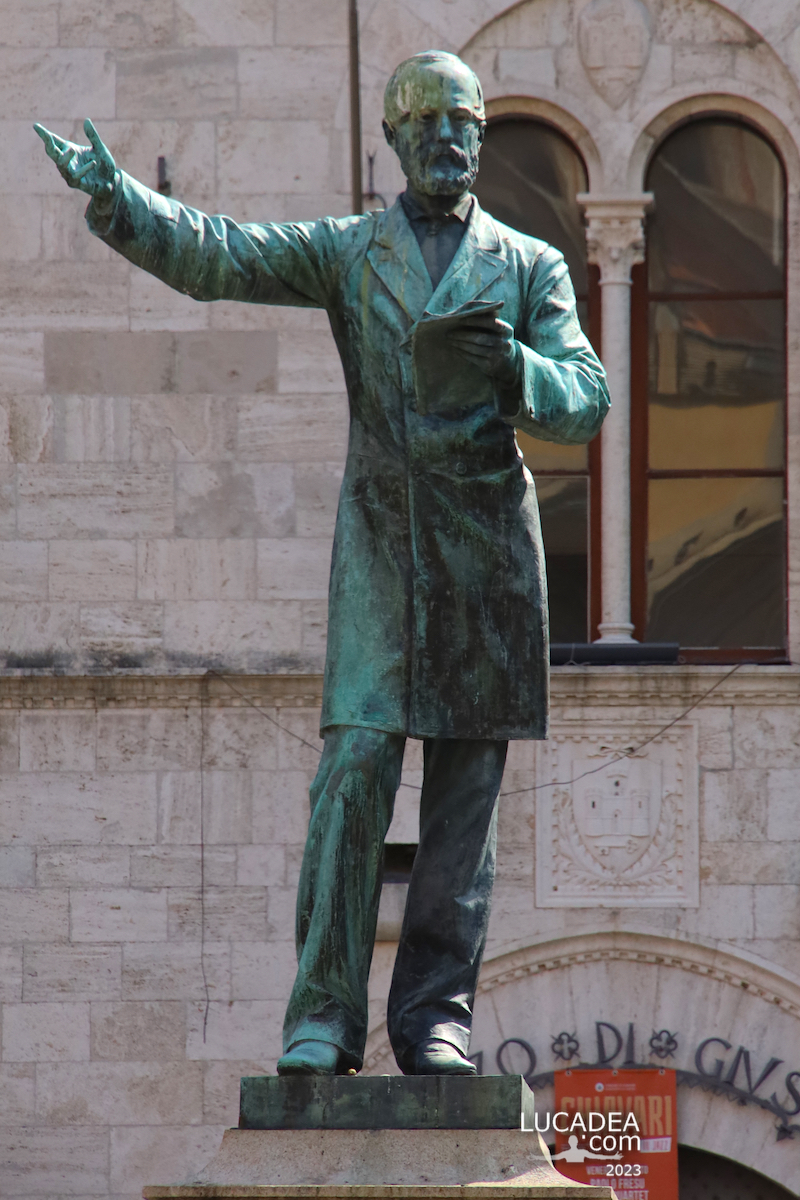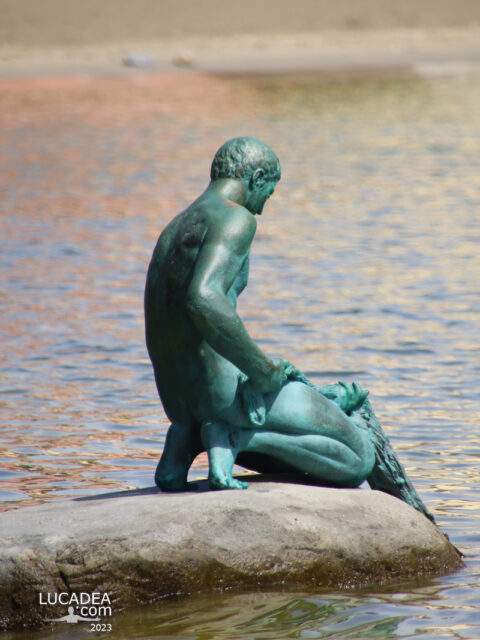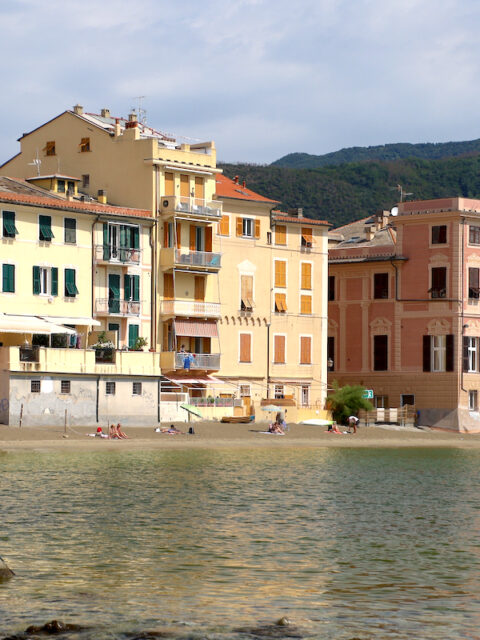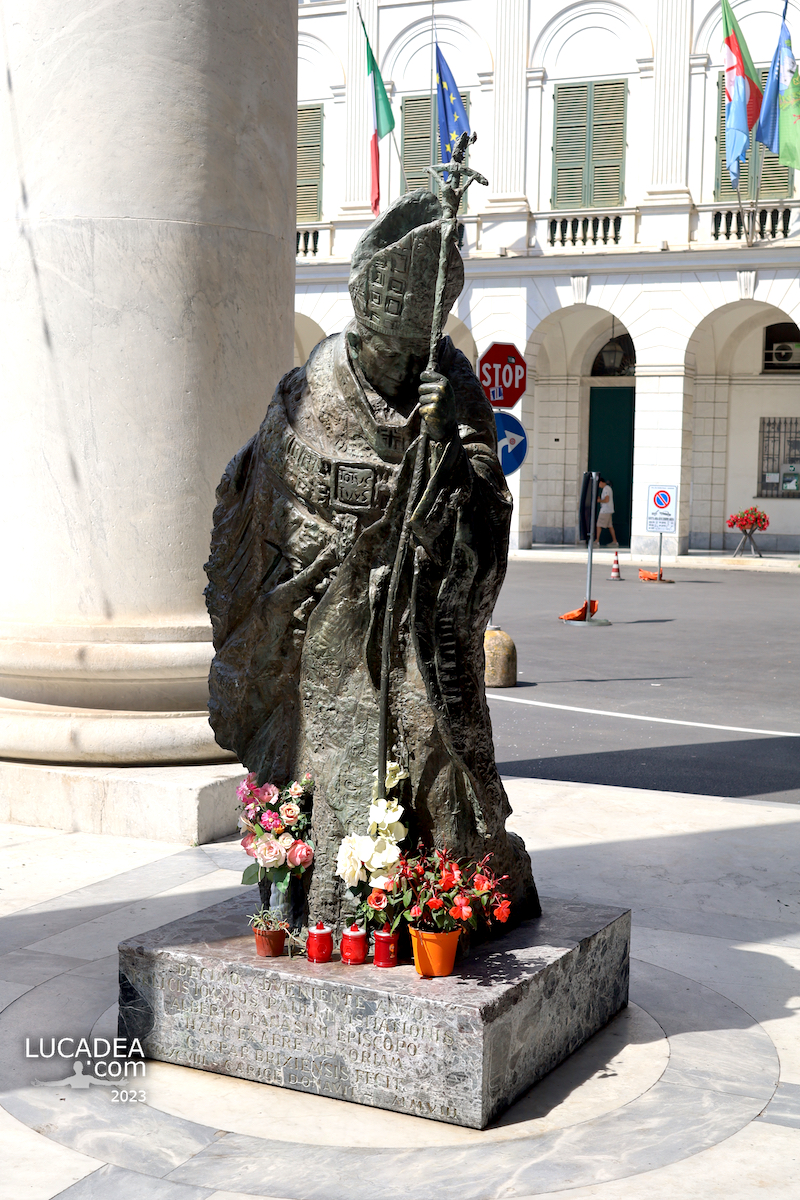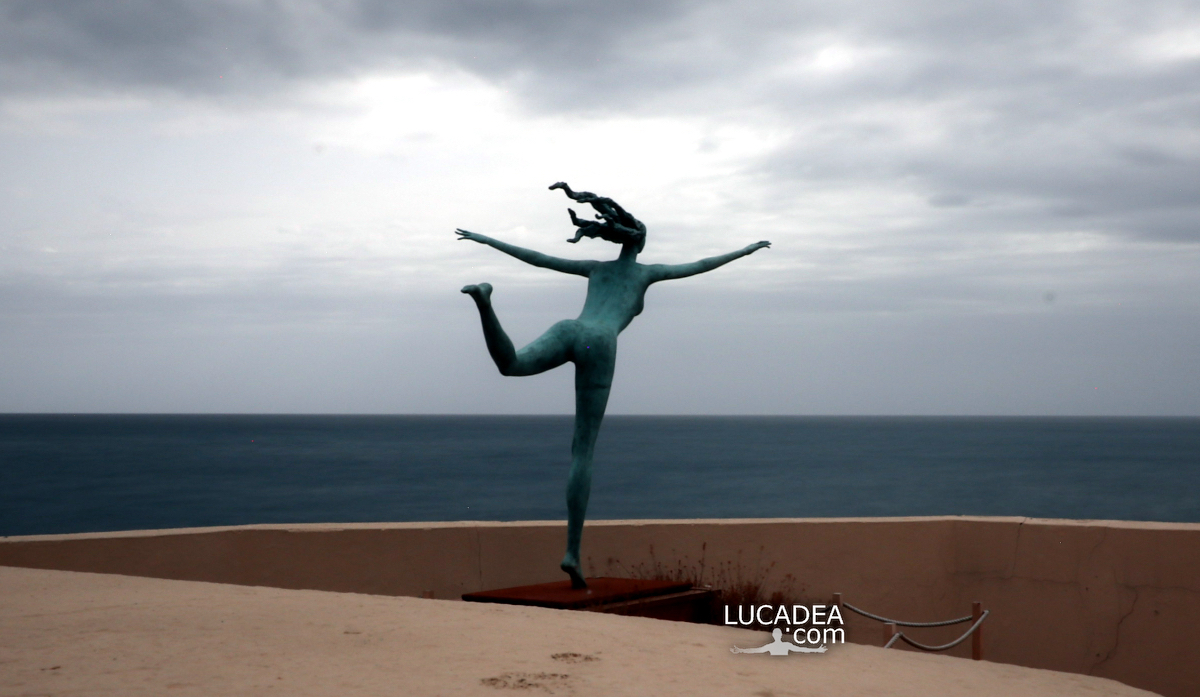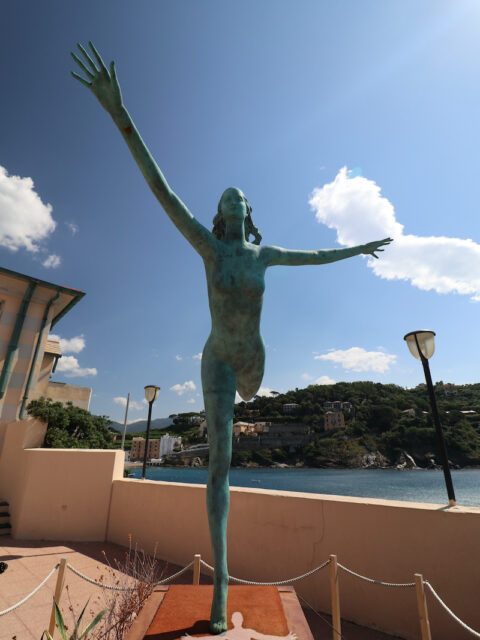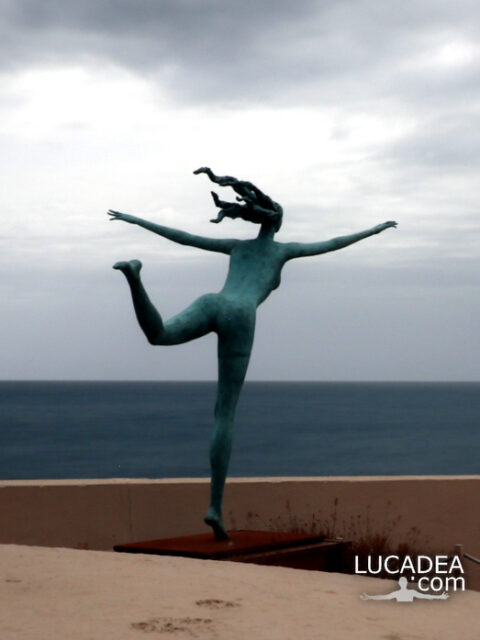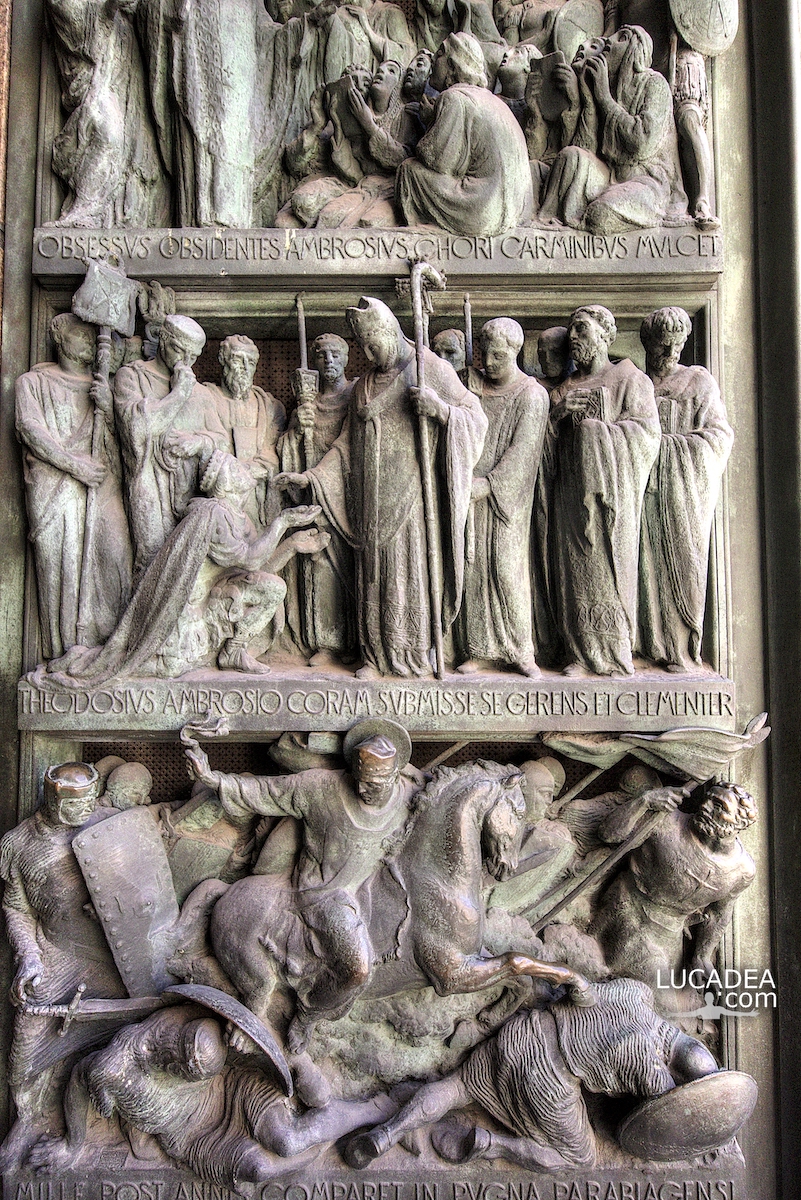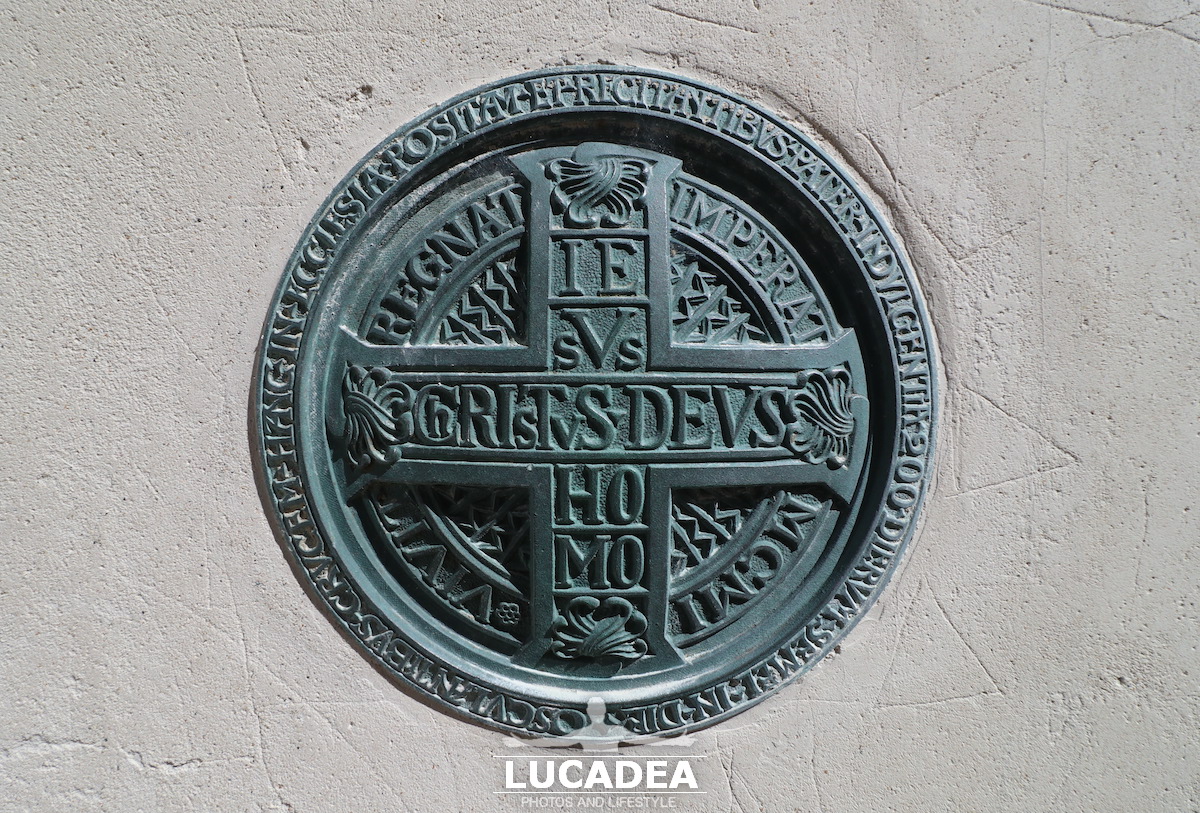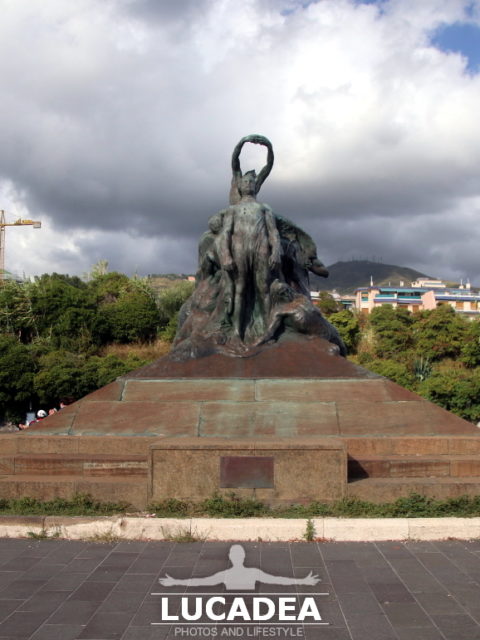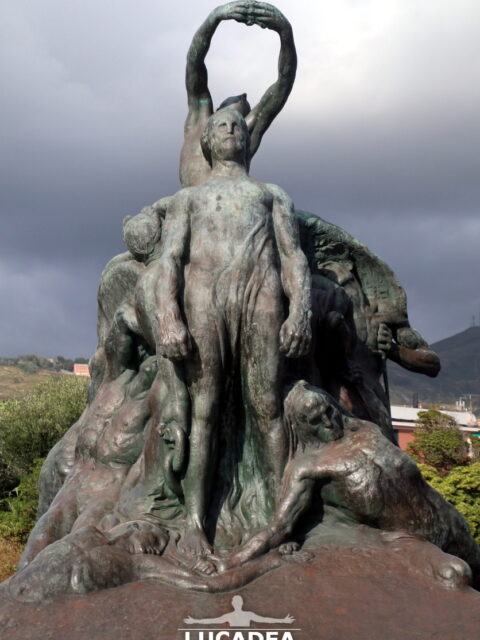Santa Maria degli Angeli, Porziuncola, near Assisi.
Also known as Porziuncola, it is one of the most sacred churches in Assisi. Located in the hamlet of the same name, this basilica is closely linked to the life of Saint Francis of Assisi.
Porziuncola was built in the 12th century as a small chapel where Saint Francis would retreat to pray. In 1569, by order of Pope Pius V, work began on the construction of the large Basilica of Santa Maria degli Angeli to protect and guard the Porziuncola and other sacred places linked to Saint Francis. The basilica was completed in 1679.
The basilica was designed by Galeazzo Alessi and Jacopo Barozzi da Vignola. The structure is in Baroque and Mannerist style, with a monumental façade that houses a gilded bronze statue of the Madonna. The interior is characterized by a central nave and two side naves, with side chapels.
Inside the basilica are some of the most sacred places linked to Saint Francis:
– The Porziuncola: The small chapel where Saint Francis retreated to pray and where he received the stigmata.
– The Chapel of the Transit: The place where Saint Francis entered eternal life.
– The Rose Garden: A garden where Saint Francis loved to retreat to meditate.
The basilica hosts numerous celebrations and special events, including the liturgical feast of Saint Francis and other solemnities linked to his life and his message of peace and love for nature.
The basilica also houses a museum with works of art and objects related to the life of Saint Francis and the history of the Porziuncola.
Santa Maria degli Angeli is a place of great spiritual and historical importance, which attracts pilgrims from all over the world. Visiting it is a touching and enriching experience, which allows you to immerse yourself in the history and spirituality of St. Francis of Assisi.
Do you know this basilica and Assisi?
Add your own comment or go to the bottom of the site to read what other visitors have written.
Photo taken with Canon EOS RP and lens Canon RF 24-50.
To see all the photos of Assisi click here:

The Basilica of Santa Maria degli Angeli is a Roman Catholic church located in Assisi, in the hamlet of the same name, built to a design by Galeazzo Alessi with interventions by Jacopo Barozzi da Vignola starting from the second half of the sixteenth century. It has the dignity of a Papal Basilica and inside it is the Porziuncola, the chapel where Francis of Assisi gathered in prayer, and for this reason the center of Franciscan spirituality. At the top of the facade of the temple stands the statue of the Madonna in gilded bronze modeled by Colasanti and cast by the Fonderia Artistica Ferdinando Marinelli of Florence.
Continue and learn more on Wikipedia
Saint Mary of the Angels, the Porziuncola – Santa Maria degli Angeli, la Porziuncola – Santa Maria degli Angeli, la Porciúncula – Santa Maria degli Angeli, a Porciúncula – Santa Maria degli Angeli, die Porziuncola – Santa Maria degli Angeli, Porziuncola
The text of the post was written with the help of Copilot, a virtual assistant based on artificial intelligence.
References:
– https://www.porziuncola.org/basilica.html







